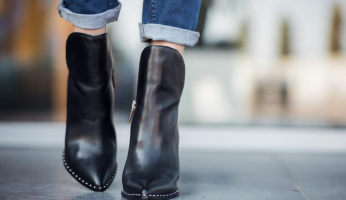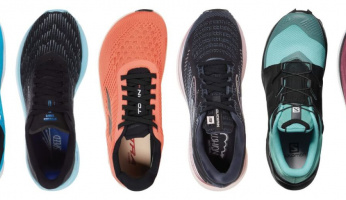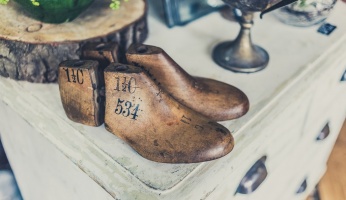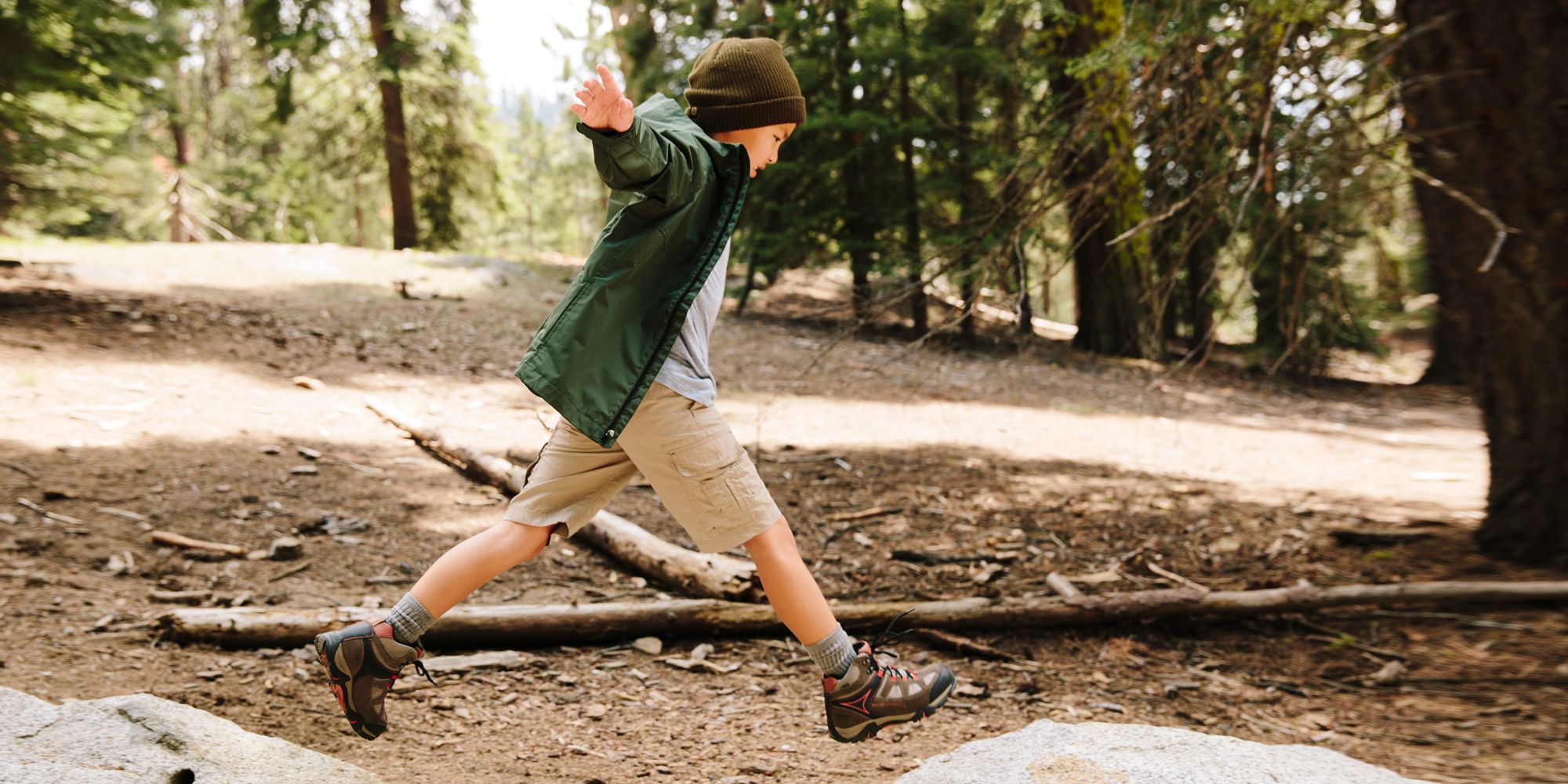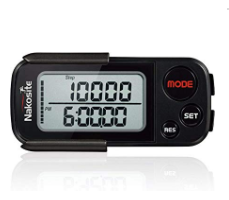6 Safe Tips To Custom-Fit Shoes That Are Too Big
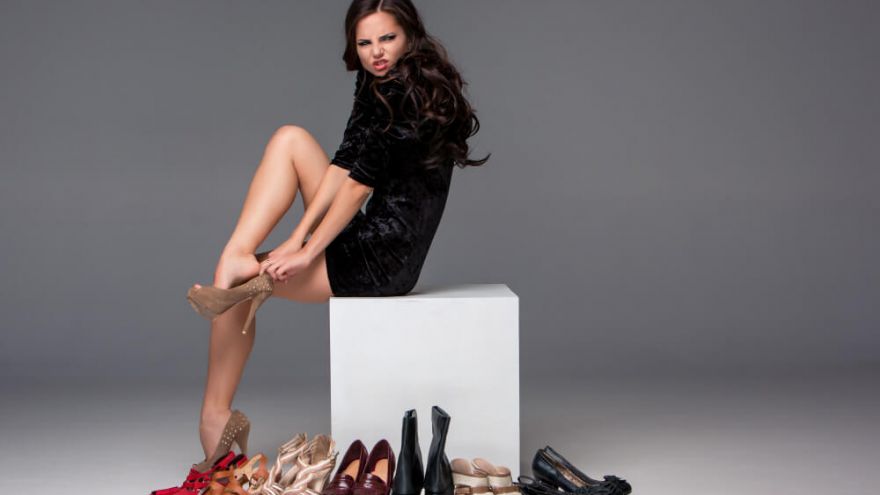 6 Safe Tips To Custom-Fit Shoes That Are Too Big www.walkjogrun.net
6 Safe Tips To Custom-Fit Shoes That Are Too Big www.walkjogrun.net Shoes that are too small can be uncomfortable and lead to many foot problems, but too big shoes are no better for you. Fortunately, there may be remedies for some oversized footwear.
While you can’t make a 9W work if you wear a shoe size 5N, you might be able to customize a shoe that is a bit too long or too wide at the front or back with some modifications.
But how big is too big?
When buying a pair of shoes, the goal is to find styles that are the proper length and width and fit well in the heel. However, new shoes that are your size may prove to be too big after you wear them or may not be true to size.
You may have scored a bargain at a thrift shop, been mesmerized by a beautiful shoe on a final sale, or bought shoes online that are a hassle to return.
If you find yourself in this situation, there are 6 temporary and long-term tricks you can employ to make bigger shoes work out.
How Do You Tell If Your Shoes Are Too Big?
A properly fitting shoe should be wide enough to feel comfortable at the widest part of the ball of your foot and deep enough to accommodate your toes without them rubbing against the top.
There should be a finger’s worth of space between the end of the shoe and your longest toe.
The back of the shoe should snugly hug the heel without rubbing. These four components of the fit (width, length, depth, and heel) are the easiest to adjust if too big.
Shoes are constructed to support your feet by using a last or form used during the manufacture. The last used differ by function, whether the shoes are for walking, playing basketball, mountain climbing, or standing all day.
Except for flat shoes like beach thongs not designed for long walks, the mold creates high and low points in the bed of the shoe to conform to the shape of your foot and balance you as you walk.
Your foot may not rest on the last properly if the shoe is oversized, so there may be little you can do to adjust the size.
6 Tips To Make Shoes That Are Too Big Fit
The first approach is to fill up the extra space to make oversized shoes fit.
1. Adding extra or thicker socks is the easiest way to make big shoes fit.
This works especially well for cool-weather wear or boots and athletic shoes. If you work outside or do winter sports, you may opt for a bigger sized boot or shoe so that you can wear extra socks.
2. Stuffing the toes with cotton balls, tissue paper, toilet paper, or even thin rags.
It helps to improve the fit of boots, flats, or high heels with a closed toe.
The materials you use may have to be replaced frequently as they will absorb odors and disintegrate.
3. Shoe inserts such as insoles, ball-of-foot cushions, and heel pads can fill empty spaces.
Insoles lift the foot for a perfect fit, while arch pads support the arch while taking up less room. Heel pads prevent chafing and make the back of the shoe fit better.
These ready-made stuffing materials are made to last, although they should be replaced when they become compressed.
Heel and ball-of-foot pads work well in any shoe, including dress shoes, while insoles are best for boots and close-toed shoes.
Modifying the shoe is the next approach to making big shoes fit your feet.
4. Sewing in elastic bands at the ball or back of the foot for a snugger fit.
Amateurs risk putting holes in their shoes from the sewing or if the band pulls away.
5. Shrinking the shoes by soaking them in water and letting them dry.
This only works if the material they are made of can withstand a dunk (satin bridesmaid shoes, for example, may require modification, but the water will ruin them!.
You can submerge athletic or casual shoes, but leather or suede footwear requires spraying them with water. Dry the shoes with a hairdryer or in the sun (though some experts claim this may warp or discolor them).
If the shoes are still too big after they are completely dry, you can repeat the process.
6. Visit a shoe repair shop.
Many modifications that involve sewing are best left in the hands of a professional with both the experience and the tools to do the job.
As this approach may be costly, taking the shoes to a cobbler shop is the best way to improve the comfort of expensive shoes.
Why Too-Big Shoes Can Lead To Big Foot Problems
The ultimate example of oversized shoes is clown shoes, an overly-wide, overly-long standard accessory that most clowns wear as part of their costume.
Professionals may order custom-made shoes, but any extremely oversized shoe can be hard to walk in, lead to tripping and falling, and rub against the feet to cause blisters, corns, calluses, and bleeding.
While it is unlikely you would buy shoes that are 10 sizes too big with exaggerated features, even slightly too-big shoes can cause the same types of problems.
In addition, oversized shoes can cause or exaggerate foot conditions such as hammertoes, Achilles tendonitis, arch pain, and metatarsalgia in the ball of the foot. They change the way you walk.
Because the big shoes do not give your feet proper support, you can be more prone to falling or walking on a flat surface, an incline, or stairs.
As an athlete, the wrong-sized footwear can decrease your performance by putting more pressure on your calves; anyone who wears oversized shoes can suffer from pain in the back, neck, or knees as wrong-sized shoes can put your whole body out of kilter.
Should You Buy Shoes A Little Big?
As oversized footwear can lead to foot problems, buying the “right-size” is crucial.
To assure you have the right size, you should have your feet measured at the end of the day when they are at their largest. If they are comfortable, they will serve you well without buying a bigger size.
There are a few exceptions, however.
- If one foot is larger than the other, buy to accommodate the bigger foot.
- If you are buying boots or shoes that you intend to wear with a heavy pair of socks, going up a half or whole size makes sense.
- If you are buying sneakers that you will wear for prolonged periods of standing, walking, or running, you should opt for a slightly bigger size as your feet may swell slightly during use. (A half size up adds 1/8″, while a whole size adds ¼.”) This logic might apply to work shoes too.
Always keep in mind that even in shoes, the size on the tag is just a number. Variations in the design or a manufacturer’s sizing technique can make a 7 fit like a 6 in some cases.
What is important in deciding if a shoe is a right size is how it feels on your foot when standing and walking.
Depending on the shoe’s design, wearing up to a size larger may work out for you without impacting your gait or posture, especially if you slightly modify the fit.





